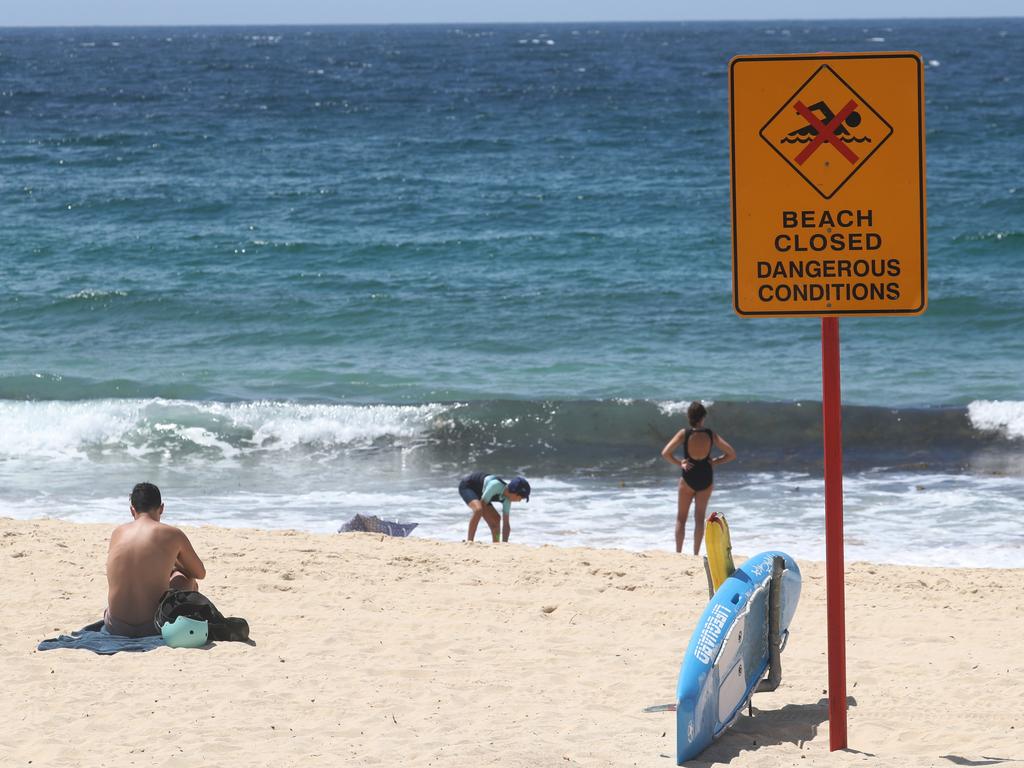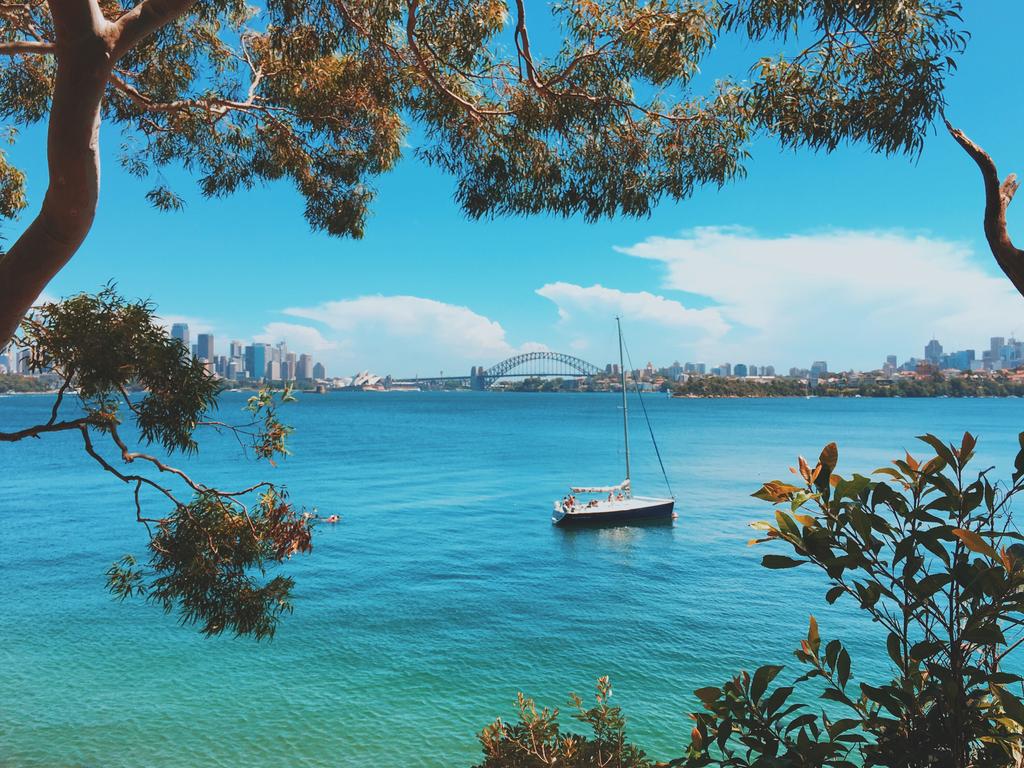What are the chances of a shark attack in Sydney?
Marine experts have explained why, when and how shark attacks occur, after tracking dozens moving throughout Sydney Harbour.
Beaches have been closed off across Sydney following yesterday’s horrific shark attack, sparking debate over the risks of encounters in Australia once again.
New data revealed Australia is the worst country for fatal shark attacks, with three unprovoked deaths in 2021 and now one in 2022, making it the first fatality on the Sydney coast in almost 60 years.
The male victim was swimming off Buchan Point near Little Bay Beach around 4.30pm on Wednesday when he suffered “catastrophic injuries” and died in the water.
Wednesday’s fatality was the sixth shark attack in as many weeks in Australia since the beginning of 2022. That figure is far greater than anywhere in the world this year, and already half the amount of shark attacks in Australia in 2021.
Australia’s three deaths from 12 unprovoked shark attacks in 2021 led the world.
While the risk of being bitten by a shark is less than one in a million, there have still been fatal incidents.
SharkSmart NSW says White, Bull and Tiger Sharks are referred to as “target sharks”, as they are the are most frequently involved in serious shark bites in NSW.
The three target shark species, which make up nearly all recorded shark bites on the state’s coast, are the focus of the government’s tagging, tracking and shark mitigation programs.

“There are sharks in Sydney Harbour but their presence should not alarm people, sharks have been in these waters before human settlement,” a NSWDPI spokesman said.
“NSW Department of Primary Industries (DPI) tagging research has shown that Bull Sharks are more numerous in the estuaries and coastal waters of Sydney over the summer and autumn months when water temperature increases.
“Bull sharks are the most common species of potentially dangerous sharks found in Sydney Harbour. At various times of the year, other species of sharks can be found in the Harbour such as Dusky whaler, Wobbegong and Port Jackson.”
“Shark interactions in Sydney Harbour are very rare. Given the number of people that swim in the harbour over the summer and autumn months, it is uncommon for someone to be attacked by a bull shark,” the spokesman continues.

“Thousands of people use our rivers and estuaries every day. While we can never 100 per cent safeguard against shark attacks, we always encourage water users to be SharkSmart.”
There are a number of precautions you can take to decrease the chances of a shark encounter, including avoiding the water around dawn and dusk and after rain, avoiding water with birds circling looking for baitfish, and avoiding areas used by recreational or commercial fishers.
“There is no truth to the fact that you are more likely to encounter a shark after a storm. However, after heavy rainfall when waters are murky you may increase your chance of encountering a shark. This is because nutrients from the land run into the ocean and brings in fish and other animals to feed, this can then attracts sharks,” the spokesman said.
“Also, the visibility of the water after rainfall decreases, which makes conditions ideal for ambush predators like sharks to hunt in. This is particularly true for Bull Sharks.”
A study published by Nature.com, conducted by the Sydney Institute of Marine Science, said “knowledge of the behaviour of large individuals in temperate, estuarine environments is limited”.
The study traced 40 subadult and adult bull sharks in Sydney Harbour over seven years, revealing the predators “exhibited clear seasonal patterns in their occurrence during the austral summer and autumn, with abundance peaking in January and February”.

“Water temperature was the key predictor for seasonal movements and return behaviour to this estuary, suggesting that increasing water temperatures as a result of climate change may lead to higher shark abundance and possibly longer periods of residency in Sydney Harbour,” the study said.
Wednesday’s Sydney attack prompted an increased presence from maritime authorities, with a number of coastal events for the weekend being forced to be rescheduled.
The annual Murray Rose Malabar Magic Ocean Swim announced that Sunday‘s event has been cancelled for 2022.
“The Organising Committee extends our thoughts and prayers to the family of the swimmer who was so tragically taken yesterday,” a press release read.
“Out of respect for the swimmer and his family, and following wide consultation with Randwick Council and experienced, senior Surf Life Saving personnel, we believe that cancelling the 2022 swim is appropriate.”






